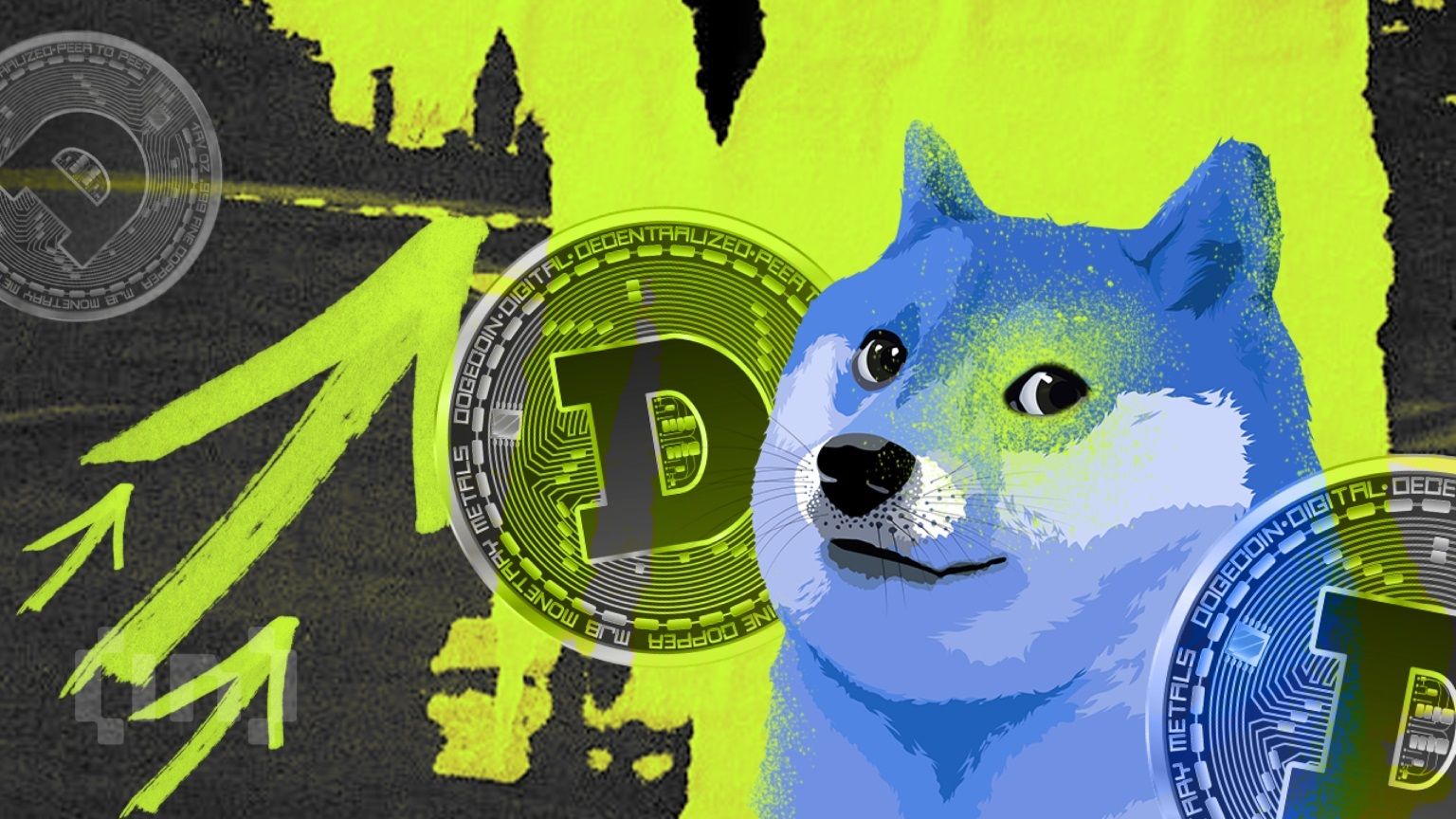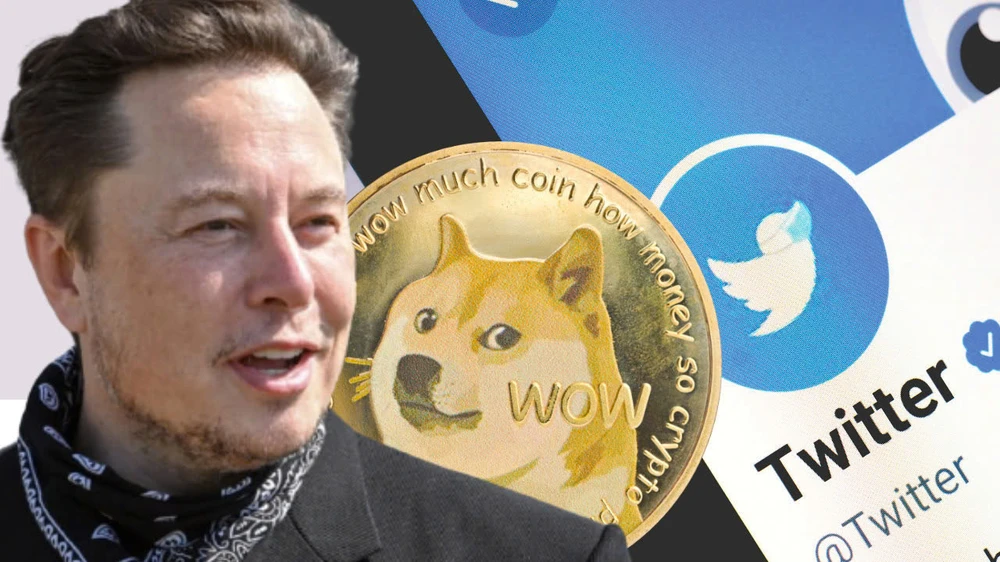Introduction
Dogecoin (DOGE) boasts one of the most extraordinary journeys in cryptocurrency history. Launched as a playful joke in 2013, it has evolved into a globally recognized and heavily traded digital asset. Rooted in humor, Dogecoin has shown surprising staying power, driven by a passionate community, high-profile endorsements, and a growing role in the crypto ecosystem. As of March 25, 2025, it remains a key contender, with millions of users and a market capitalization in the billions. This article explores Dogecoin’s origins, performance, key influences, and future prospects.
Origins of Dogecoin

Dogecoin emerged in December 2013, created by software engineers Billy Markus and Jackson Palmer. Inspired by the viral “Doge” meme—a Shiba Inu dog with quirky captions—they aimed to craft a fun, approachable alternative to Bitcoin. Unlike Bitcoin’s serious technical focus, Dogecoin prioritized simplicity and ease of use, setting the stage for its unique appeal.
Early Adoption and Community Growth
A standout feature of Dogecoin’s early days was its vibrant community, dubbed the “Doge Army.” It gained traction for online tipping, charity crowdfunding, and even sports sponsorships. Notable efforts included:
- Funding the Jamaican bobsled team for the 2014 Winter Olympics.
- Supporting clean water initiatives in Africa.
- Backing NASCAR driver Josh Wise with a Dogecoin-themed car.
These endeavors built a dedicated following, even as its price lingered at mere fractions of a cent.
Historical Performance
2013-2016: Steady Growth and Adoption
In its infancy, Dogecoin traded at tiny values but stood out for high transaction volume, thanks to low fees and quick processing. It carved a niche as a practical, everyday cryptocurrency.
2017-2018: The First Major Surge
The 2017 crypto boom lifted Dogecoin’s value significantly. By January 2018, it hit an all-time high of $0.015, fueled by:
- Bitcoin’s climb to $20,000, sparking a market-wide rally.
- Rising interest in altcoins as investment options.
- Growing use for micropayments.
Yet, the 2018 bear market brought a subsequent decline, mirroring broader trends.
2021: The Rise to Mainstream Popularity
Dogecoin’s defining moment arrived in 2021, propelled by social media and celebrity buzz. Key drivers included:
- Elon Musk’s tweets, dubbing it “the people’s crypto.”
- Retail investor fervor from WallStreetBets, echoing the GameStop surge.
- Global media spotlight.
By May 2021, it peaked at $0.73, with a market cap topping $50 billion, though the hype later cooled.
2022-2024: Market Fluctuations and Adoption
Despite ups and downs, Dogecoin held firm. Highlights included:
- Elon Musk’s Twitter (X) acquisition, integrating Dogecoin for tipping.
- Expanded use in online payments by merchants.
- U.S. regulatory shifts shaping investor confidence.
Current Status as of March 25, 2025

From: Coin Market Cap
As of March 25, 2025, Dogecoin trades at $0.183, with a 24-hour trading volume of about $1.5 billion. With a circulating supply of 148.57 billion DOGE, its market cap sits at roughly $27.49 billion (CoinMarketCap).
Key Market Trends
- Payment Adoption: More e-commerce sites and businesses now accept Dogecoin, solidifying its payment utility.
- Institutional Interest: Financial giants are eyeing Dogecoin for futures and ETFs.
- Community Development: Though less tech-heavy than Bitcoin, its developers maintain stability and usability.
Factors Influencing Dogecoin’s Value

Market Sentiment and Social Media Influence
Dogecoin thrives on social media and celebrity clout. Elon Musk’s 2024 role in the U.S. Department of Government Efficiency (DOGE) triggered a rally, proving how public figures sway its price.
Technological Developments and Network Activity
While not a tech innovator like Ethereum, Dogecoin excels in efficiency and low-cost transactions. Potential upgrades, like Lightning Network integration, could boost its future use.
Regulatory Environment
Post-2024 U.S. election, a pro-crypto stance emerged, with policies like:
- Positioning the U.S. as a crypto hub.
- Promoting innovation-friendly rules.
- Establishing a Bitcoin reserve.
This has buoyed Dogecoin and peers.
Market Trends and Investor Behavior
Dogecoin tracks broader crypto patterns:
- Bitcoin rallies often lift altcoins like DOGE.
- FOMO drives retail spikes in bull markets.
- Whale moves can sway prices dramatically.
Future Outlook
Price Predictions
Dogecoin’s future hinges on adoption, sentiment, and regulation. Note its volatility makes forecasts tricky:
- Bull Case: With strong adoption, it could hit $0.50-$3.00 by 2030.
- Moderate Case: Steady growth may see $0.22-$1.00 by 2030.
- Bear Case: Fading hype could settle it at $0.10-$0.30.
Factors Supporting Long-Term Growth
- Integration with payment and fintech platforms.
- Ongoing social media and celebrity backing.
- Potential big-brand partnerships.
Conclusion
Dogecoin’s rise from a meme to a mainstream cryptocurrency highlights the market’s unpredictability. From a jest to a $27.49 billion asset, its community, adoption, and legitimacy shine. Yet, its volatility—tied to social media, trends, and macro factors—demands caution. Investors should weigh its real-world use and risks carefully.
Final Tip
Focus on Dogecoin’s utility, not just hype. Stay updated on trends and tech to navigate this dynamic crypto landscape wisely.

